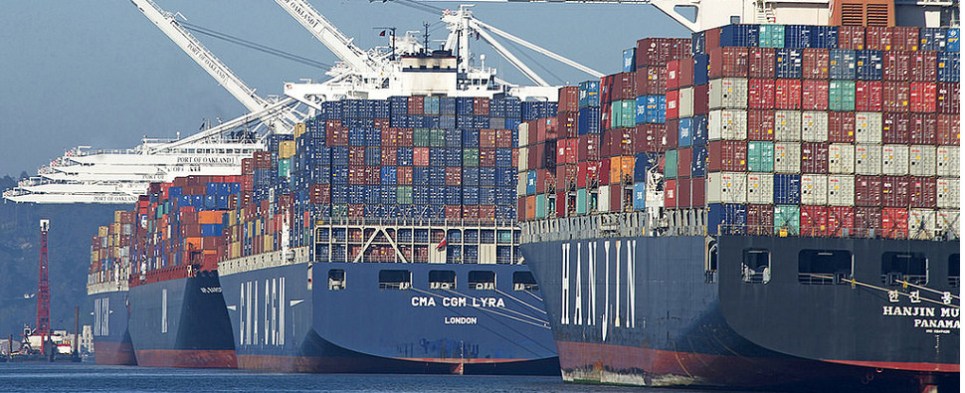It’s a Carrier’s Market Amidst all the Disorder
Two new attacks targeting ships by Yemen’s Houthi rebels on July 15th sparked a new round of hostilities that are further complicating maritime movement. The number of Houthi attacks on merchant vessels in June was at their highest level in six months.
Read also: 10 Ocean Carrier Experts For Project Cargo And Heavy Lift
Drewry, an international provider of research and consulting services to the maritime and shipping industry, released its weekly World Composite Index, which tracks the freight costs of 40-foot containers via eight major routes. As of July 11th, the average rate registered nearly $6,000. Since the September 2021 high of $10,400, average rates had been dropping, but the severity of the past month is driving spot rates once again to uncomfortable levels.
An additional factor driving rates higher is vessel availability, especially upwards of 20,000 TEU. Many Asian ports are struggling with shortages of empty containers to be reloaded for export, which is naturally driving up export prices.
Amidst all this disorder, however, carriers are making money with longer routes. A survey conducted last month by Drewry asked their customer base when they thought the Red Sea diversions would end. Roughly 17% indicated before the end of 2024 and 60% said the first half of 2025. Drewry analysts are betting on the latter and even adding in 3 to 4 additional months to allow for Suez Canal operations to normalize.
US forces are currently operating at a pace in the Red Sea not witnessed since World War II. Over the past several months, estimates point to US Navy aircraft strike groups having conducted over 750 engagements. Many of these include very pricey Tomahawk missiles, 135 to be exact. In early July, Maersk confirmed one of their vessels was fired upon by the Houthis in the Gulf of Aden. This was a US-flagged vessel and is considered to be the Houthi rebel’s longest-range attack yet.
If there are any silver linings, the introduction of new ships are expected to ease the supply burden. That will alleviate congestion somewhat, but it also takes ports and terminals time to acclimate to new routines and routes. The market is at one of its most unpredictable moments in history, where geopolitical events could soften or ramp up. Predicting just one month ahead is reserved for fortune tellers.





Leave a Reply